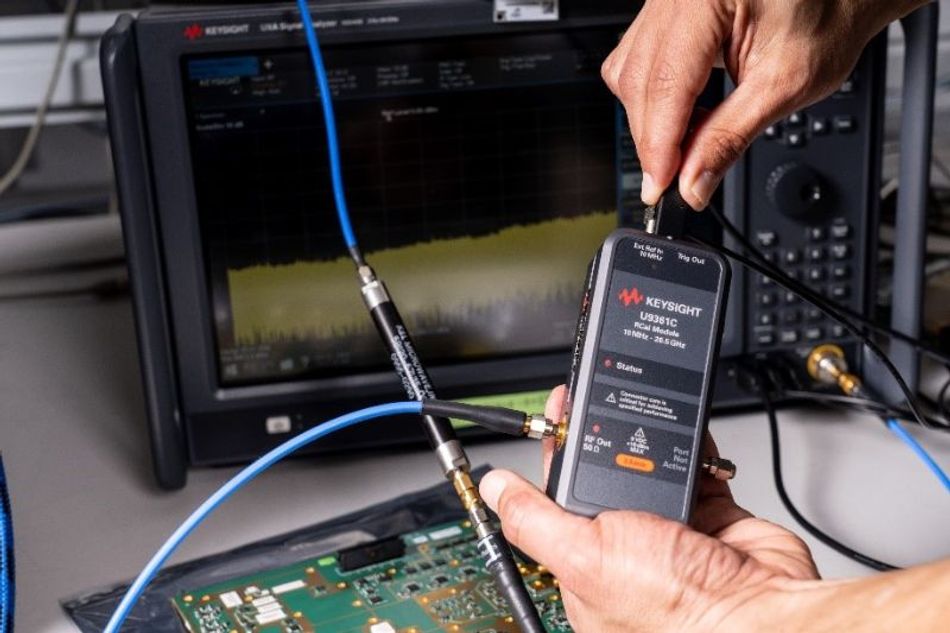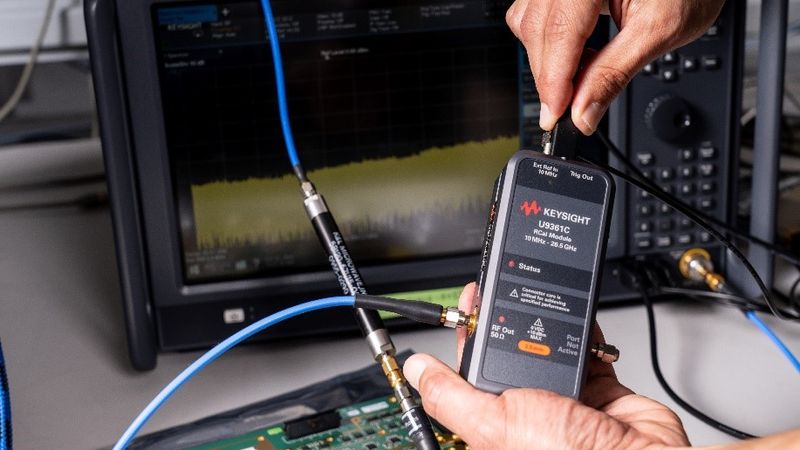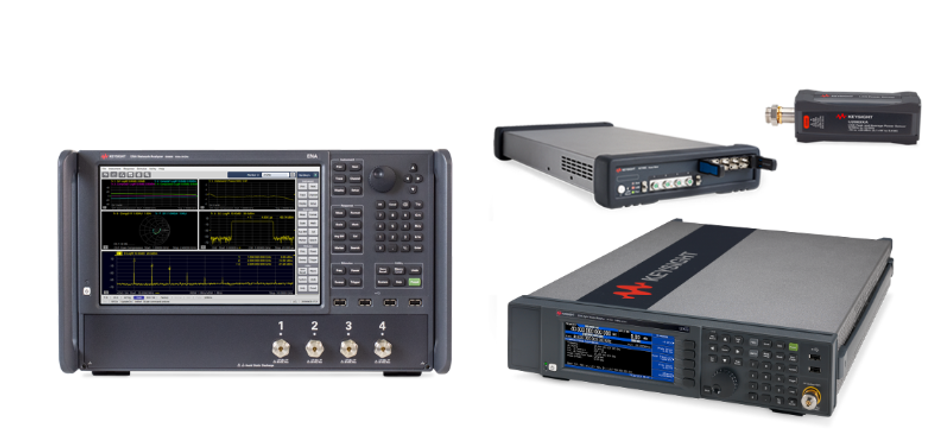How to Calibrate a Spectrum Analyzer
If you have worked with a vector network analyzer (VNA), you are probably used to calibrating your measurement setup to account for losses. However, when you’re working with a signal or spectrum analyzer, do you take the time to apply similar corrections? Chances are you probably don’t.
If you have worked with a vector network analyzer (VNA), you are probably used to calibrating your measurement setup to account for losses. However, when you’re working with a signal or spectrum analyzer, do you take the time to apply similar corrections? Chances are you probably don’t.
Why Should I Calibrate My Test Receiver System?
When making measurements in the millimeter-wave range (30 GHz –300 GHz), measurement setup is different than the setup for signals at lower frequencies, like a 5 GHz signal with a 10 MHz bandwidth. Today’s 5G NR, satellite, and radar signals occur at much higher frequencies, with bandwidths exceeding 1 GHz. Even short cables can lead to tremendous losses at millimeter wave frequencies, so it is essential to calibrate your receiver system. However, most people skip this crucial measurement step. Why is that?
In the past, full receiver calibration required several pieces of equipment: a VNA, a signal generator, a power sensor, and a power meter— all shown in Figure 1. To perform scalar (magnitude-only) calibration, you have to drive one end of the path between the signal analyzer and device under test (DUT) with a signal generator. Then, you measure the other end with a power meter and power sensor. To complete this calibration, repeat this process at multiple frequencies over a designated frequency band.
If you also want to perform a vector (complex) calibration to examine the phase characteristics of your system, you will need a VNA. This method, involving a VNA calibration at the DUT’s input and output ports, helps you to remove adapter effects. These effects would otherwise significantly affect measurement quality.
You may have guessed the answer to my question of why people don’t calibrate their signal analyzers; people skip it because it’s expensive, time consuming, and complicated. However, since today’s wireless communication market drives frequencies, bandwidths, and losses to new heights, you simply cannot skip receiver calibration.
Modern Receiver Calibration
Today, test receiver system calibration, or signal analyzer calibration, requires only one piece of equipment. The device, a receiver calibrator (Figure 2), performs both scalar and vector calibration accurately and efficiently. It works by combining the entire test receiver system into a flatness model, including the path and receiver (signal analyzer). The receiver calibrator, like Keysight’s U9361 RCal, then removes systematic linear errors in the test receiver’s frequency response, including spectral components, relative amplitude, and phase linearity. To use this device, all you have to do is:
- Connect RCal to your signal analyzer via a high-power USB port.
- Connect the signal analyzer’s 10 MHz reference signal to the U9361 RCal’s Reference In port.
- Set the RCal options reference status as EXT (external).
- Connect RCal’s RF Out to RF In of the signal analyzer.
- The Keysight signal analyzer will preconfigure the interface. The screen will display type of calibration, frequency range, attenuation range, and number of points.
- Connect RCal’s RF Out to the point in the path where you would like to move the measurement plane. Often, this is where the DUT will be when you take your actual measurements.
- Click on “Calibrate checked rows” to initiate the receiver calibrator and the signal analyzer to generate correction data.
- Disconnect RCal and reconnect the signal path. This action moves the measurement plane. The X-Series signal analyzer will dynamically keep track of your measurements and only apply corrections to the states where needed.

Conclusion
If you aren’t already calibrating errors out of your test receiver system, now is the time to start. Millimeter-wave margins for error are tight. As the industry’s first receiver calibration module, RCal can help you achieve the signal quality you’re looking for.
$300,000 in test gear prizes up for grabs.
Accurate test gear accelerates innovation – so don’t miss Keysight University Live from the Lab. Join us for an exclusive sneak peek at the never-before-seen test gear, tips from industry vets, and a chance to win prizes like oscilloscopes, RF, and bench equipment. Gear up now…

